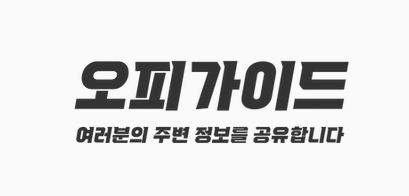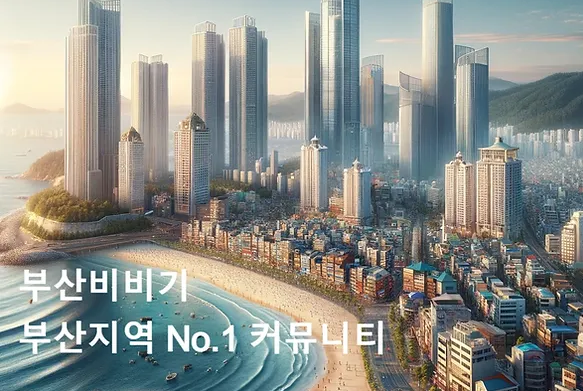뉴토끼 is a prominent platform that has garnered attention for its vast collection of webtoons, web novels, comics, and other forms of digital literature. Offering content free of charge, 뉴토끼 serves as an expansive online library, making it an attractive option for users who are passionate about Korean webtoons and comics. The platform has gained significant traction due to its extensive range of genres and easy-to-navigate interface.
The rising popularity of 뉴토끼 stems from the increasing global interest in Korean digital content, such as webtoons and manhwa. With millions of users worldwide, it is crucial to understand what makes this platform stand out among other similar services and why it is a go-to destination for digital readers.

What is 뉴토끼?
뉴토끼 is a content distribution platform focused primarily on providing free access to Korean webtoons and comics. Users of the platform are drawn by its wide selection of genres, ranging from action-packed thrillers to romantic dramas, fantasy adventures, and even slice-of-life stories. One of the key factors contributing to 뉴토끼’s success is the regular updates and the variety of webtoon offerings that users can browse for free.
For those unfamiliar with webtoons, they are a form of digital comic that originated in South Korea. Unlike traditional comic books, webtoons are published online and are formatted for vertical scrolling, making them perfectly suited for mobile device consumption. 뉴토끼 excels in delivering this content, ensuring readers can enjoy their favorite stories without encountering access barriers.
The Legal and Ethical Debate Surrounding 뉴토끼
While 뉴토끼 provides free content to its users, it has been involved in legal disputes and controversies related to the copyright infringement of webtoons and other digital media. The platform operates in a gray area, often distributing content without proper licensing or permission from creators and publishers. This has raised concerns about the impact of such services on the revenue streams of legitimate webtoon artists and content creators.
Creators of webtoons rely on platforms that legally distribute their work to generate income through ad revenue, subscriptions, and patronage. Services like 뉴토끼, which offer free access to content, undercut these legal platforms and can harm the sustainability of the webtoon industry. Therefore, users of 뉴토끼 should be aware of the ethical implications and consider supporting legal alternatives when available.
User Experience on 뉴토끼
Despite the controversies surrounding its operations, 뉴토끼 continues to thrive due to its seamless and user-friendly interface. The site is designed for easy navigation, allowing users to quickly search for and discover new webtoons or revisit their favorite series. The content is well-organized into different categories and genres, making it simple for users to filter their searches based on their preferences.
Moreover, the platform frequently updates its library with the latest releases. This real-time update feature ensures that readers can stay up-to-date with ongoing webtoons and web novels without delay. Unlike some other platforms that may lag behind in updating content, 뉴토끼 provides immediate access to newly released chapters, making it a favorite among users who prefer to stay current with their series.



















